
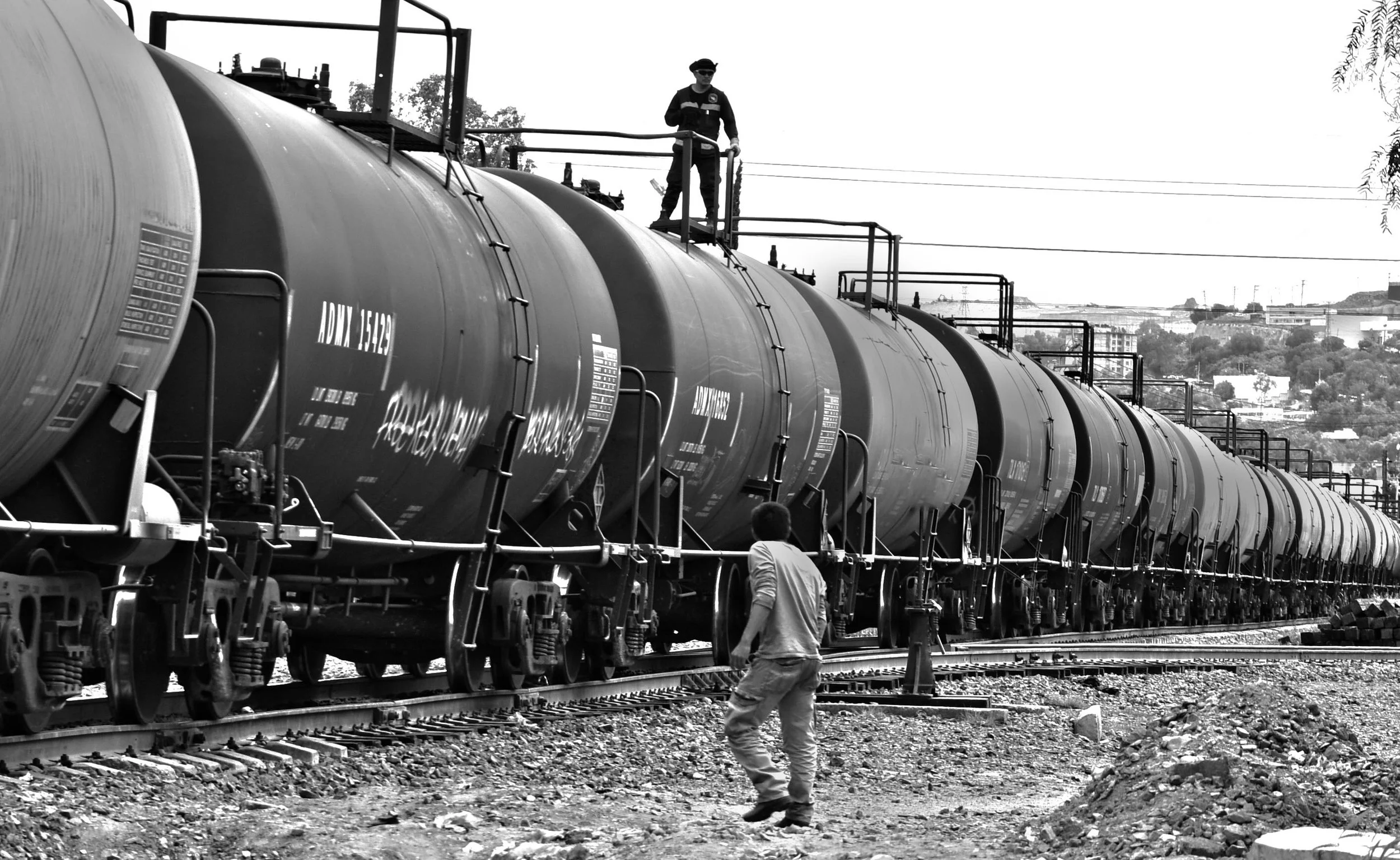

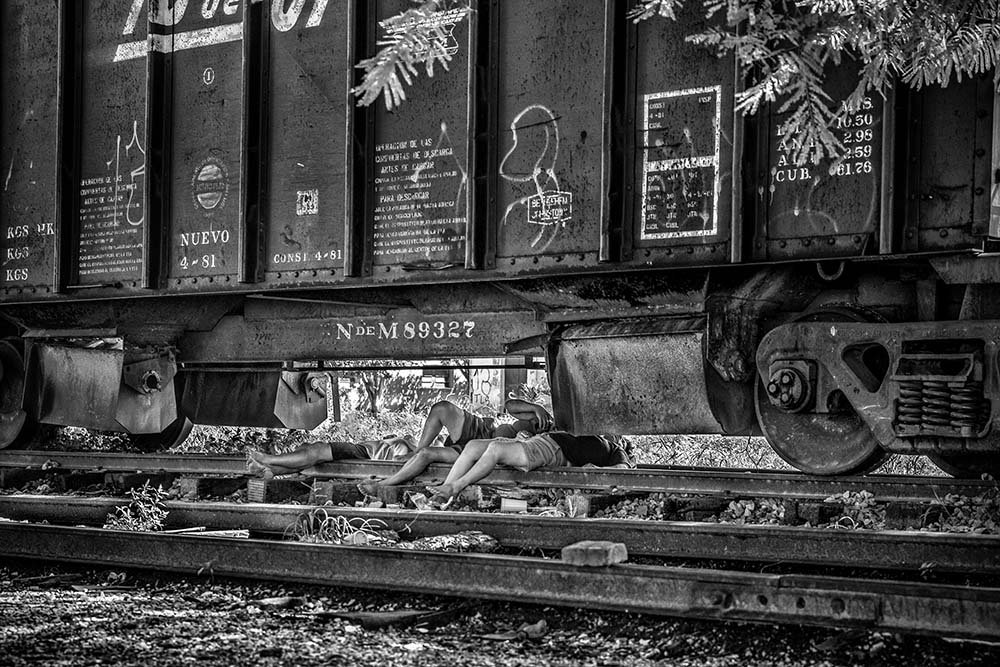
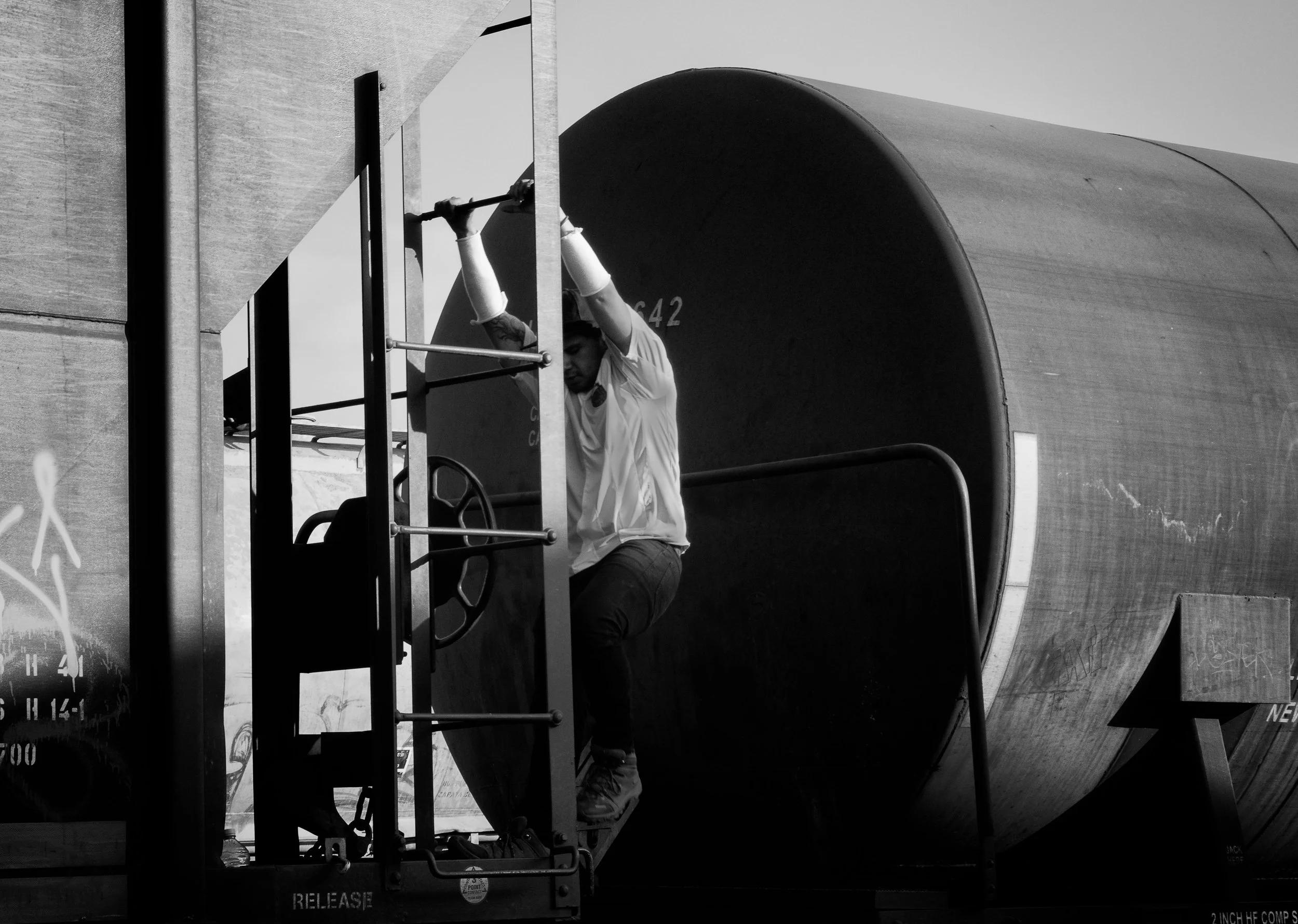

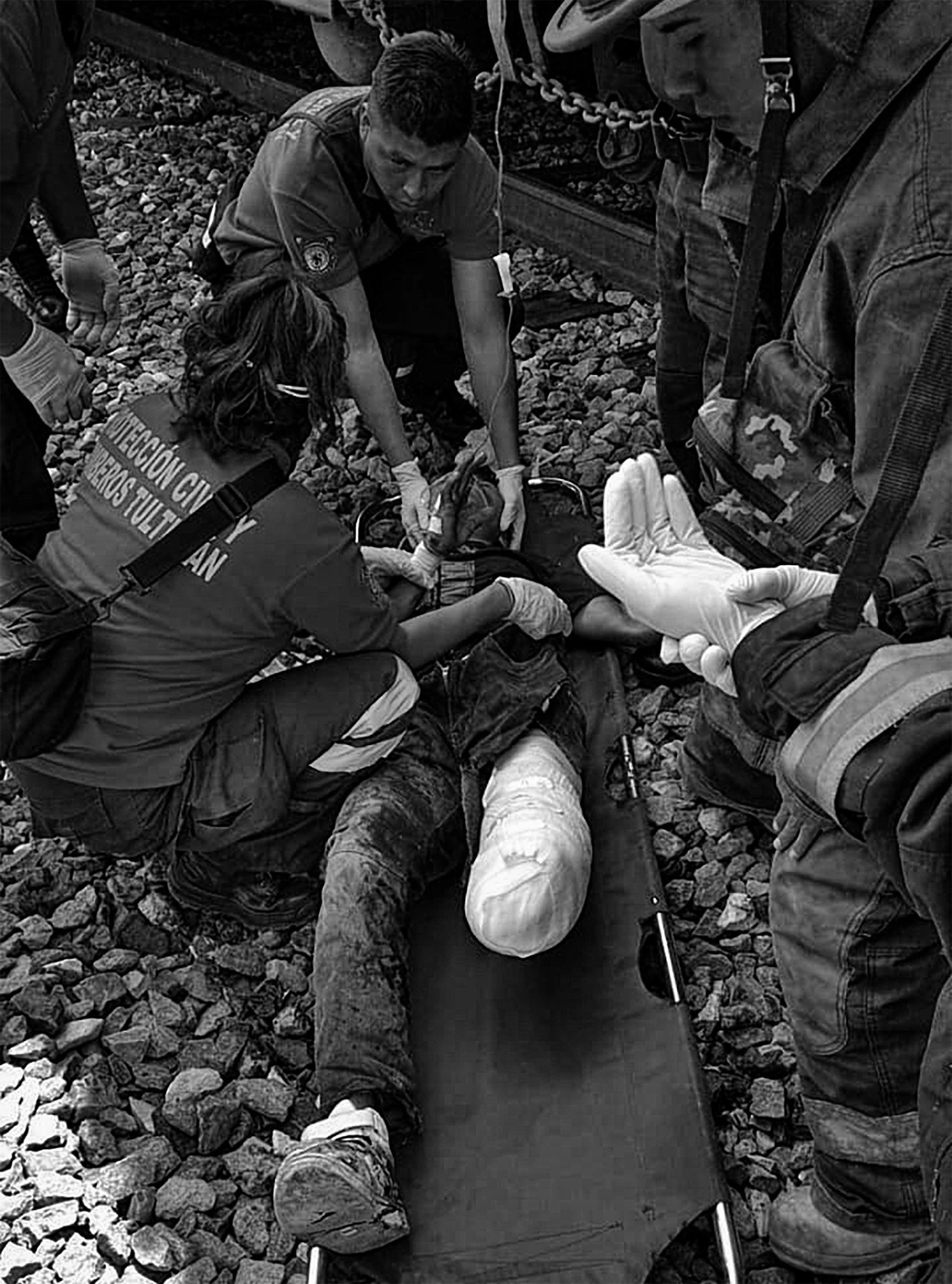


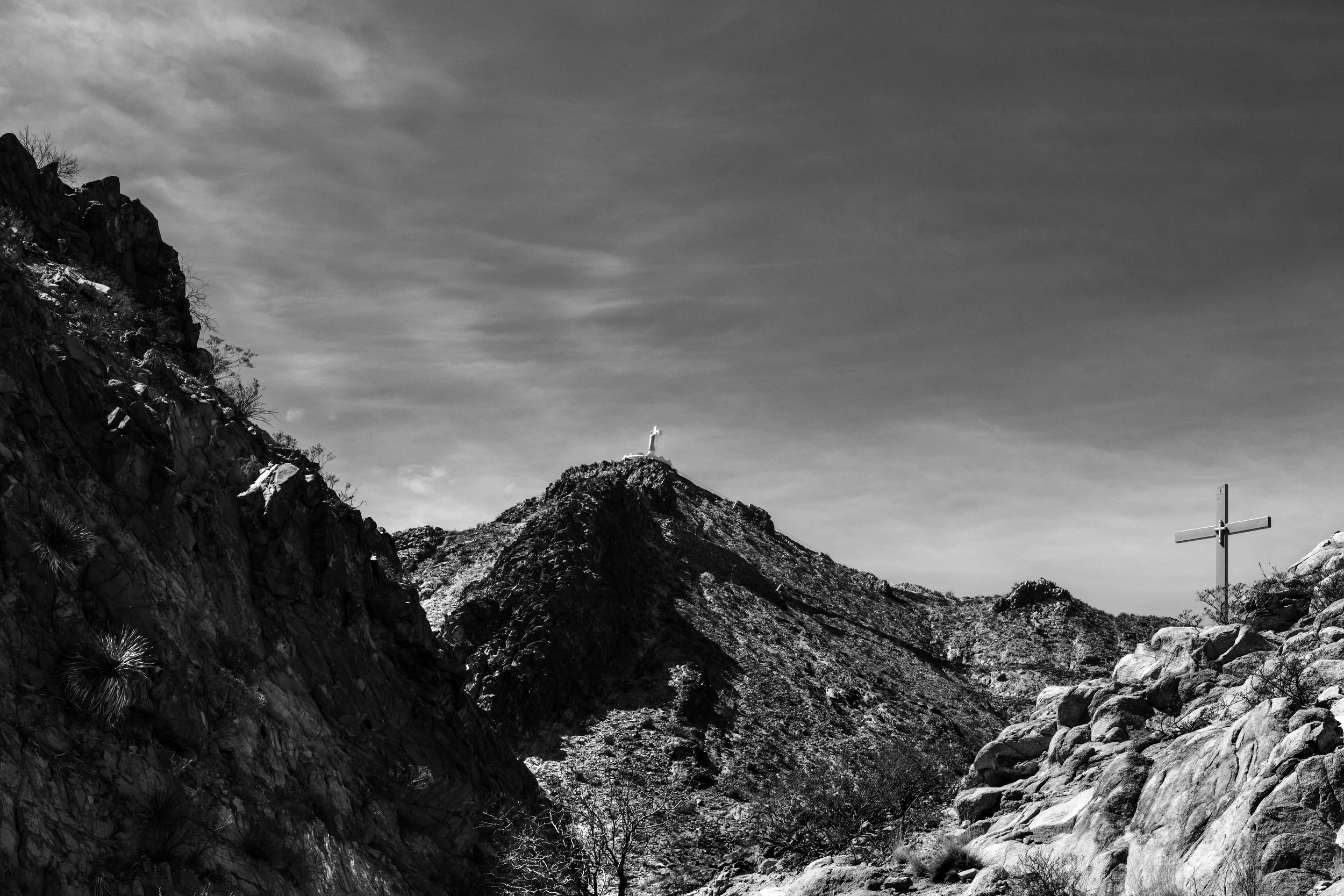
La Bestia, also known as the Train of Death, refers to a network of cargo trains transporting various products to the United States, including food, automobiles, transportation equipment, cement, chemicals, and plastics. Several private companies, including Companía de Ferrocarriles Chiapas-Mayab in the south, Ferrosur de Mexico in the center of the country, Kansas City Southern de Mexico in the east, and FerroMex in the north operate the trains. The cargo trains run north, northwest, and northeast, up and down Mexico.
Freight trains are inexpensive means of transporting freight across a vast distance. Unlike passenger trains with conductors and other personnel aboard, freight trains run with only the engineer driving the train. Many South and Central American migrants and asylum seekers board the train in Tapachula, one of Central America's most significant points of entry.
La Bastia is used by Asylum seekers as the cheapest way to traverse the length of Mexico towards the United States border towns without a coyote who can cost up to 10,0000 dlls , but there are many risks and dangers, including horrendous injury, rape, and Death.
Gangs follow the train with the sole purpose of kidnapping, robbing, and raping the defenseless migrants on board. It is estimated that eighty percent of passengers are subjected to violence while hundreds have died.
The authorities could rob, abuse, imprison, or help migrants. In many towns, there are shelters where people can rest for a few days or until the next train. In many towns, people make it their vocation to provide water, food, clothing, and shelter to migrants. People walk along or sleep next to the train rails to feel the vibrations, the only signal that a train is approaching or starting up.
La Bestia intentionally has no schedule and no assured stops. This is done as a technique to keep the migrants away, forcing the asylum seekers to board the train when it is in motion, away from the stations where guards keep them off. They jump from overpasses and bridges onto the roofs of moving trains; they sprint alongside a moving train, grabbing a hold and scrambling up to the roof.
Once asylum seekers arrive in Mexico, they must travel on foot or by vehicle to the nearest train terminal. In order to begin their journey north, they climb atop a railcar after paying bribes or protection fees. Along the way, they often change train lines and stop at shelters managed by civil society organizations. When they approach the U.S. border, they disembark from the train and pay a smuggler, also known as a "coyote," to help them enter the United States. Due to the trains being subject to inspection and surveillance near the border, it is nearly impossible for a migrant to cross the U.S.-Mexico border on the train.
